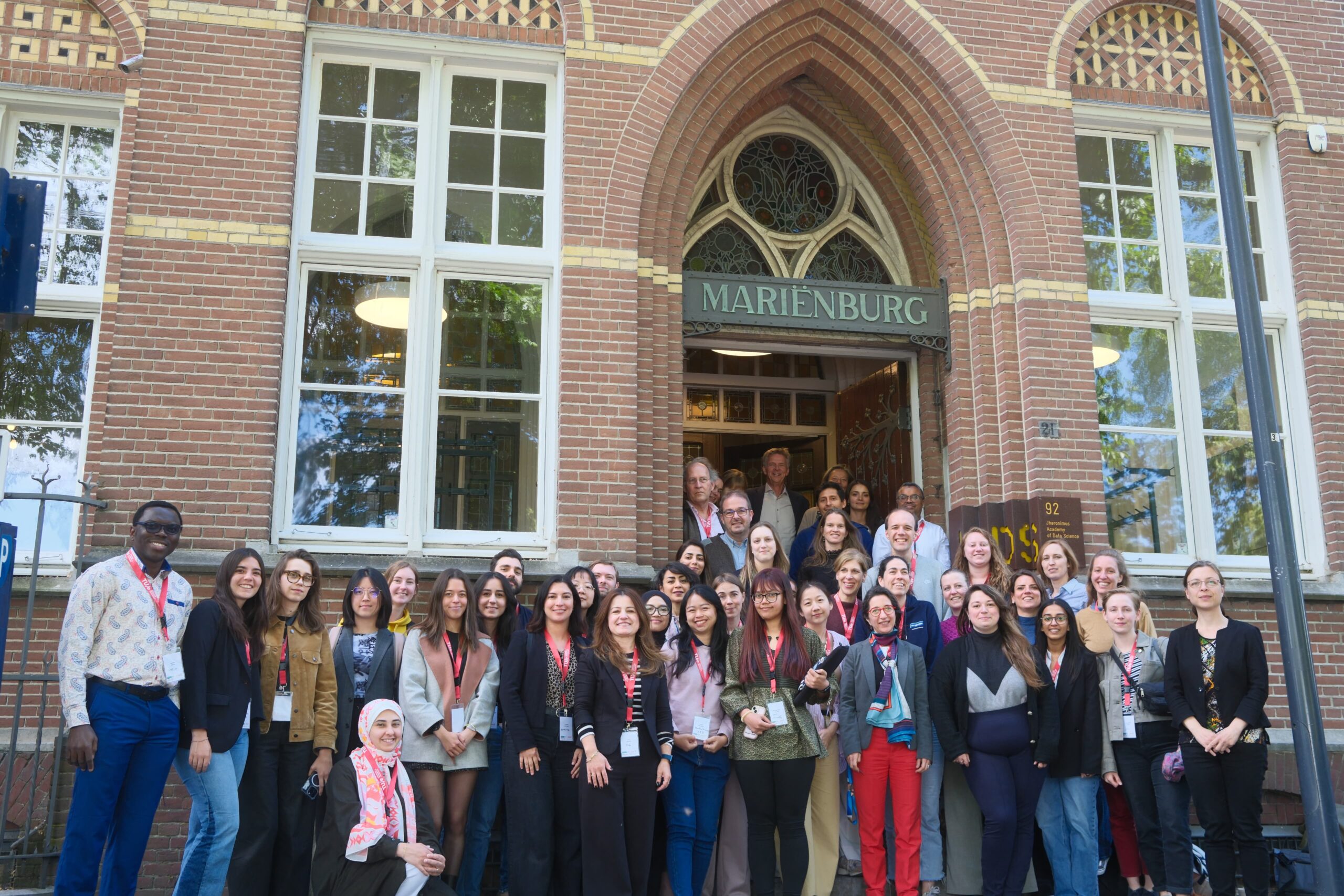By Tom Børsen, Associate Professor, Aalborg University How can we prepare engineering students not only…

The last 15 years has seen increased interest in the role of emotions in STEM education. But why should STEM educators care about the emotions? Aren’t the emotions irrational and thereby have no place in the natural sciences?
Around 11 years ago, I left my job as a high school science teacher to become a science education academic. At that time, my research colleagues were at the beginning of studying the role of emotions in teaching and learning science, and learning to teach science. Freshly minted from the school classroom, I thought this was an interesting line of research. My initial attitude was one of scepticism: I certainly experienced emotions related to teaching science, about science itself (I left a career trajectory in science before becoming a teacher), and I had definitely encountered the emotions of science students! But despite all of this, I remained curious about what significance emotions had for STEM education.
For the above reasons, I chose to devote my research programme to understanding the role of emotions in STEM education. At the time of this writing, I could not be more of a convert towards recognising the importance of emotions in learning and teaching STEM. I will share what has perhaps been the single most important lesson I have learnt from my research that has shaped my thinking about STEM education in ways that are irreversible.
During my research, I came to realise that everyday perspectives informed my understanding of the emotions, and that these perspectives presented me with the lay view that emotion and reason/rationality/objectivity are opposites. My first awakening was the realisation that the opposite of being rational was being irrational, and a person (including people working in STEM) will experience emotions in both conditions. This freed my mind from the shackles of the emotion/reason dichotomy; a false dichotomy which I now understand is an antiquated view that unfortunately still lingers in everyday and some scholarly thought.
Understanding emotion in this newfound way and sharing this understanding with STEM students is a simple yet powerful way to engage the considerable number of young people who, with time, become disenfranchised with STEM education. One of the key reasons young become dispassionate about STEM education is due to the disembodied and dehumanised versions of the science they encounter in formal curricula. For some students, such unemotional reconfigurations of the natural sciences make these disciplines appear like inhuman enterprises, robotic and cold, offering no place for someone who feels and thinks.
Among the methods available to educators for sharing understandings of emotions, such as the one I have been fortunate enough to develop, are the stories of scientists’ lives, which often capture the emotional impact of the slings and arrows of misfortune and the joys of success and discovery. Such accounts can be used to rehumanise technocratic curricula that present the cold concepts of canonical science. Any step we take as educators to re-engage our disengaged youth with STEM education is not only beneficial for young people, but provides a service to society by enhancing scientific literacy in our communities; a much needed shot in the arm to counter the on-going malaise that is the post-truth pandemic.

